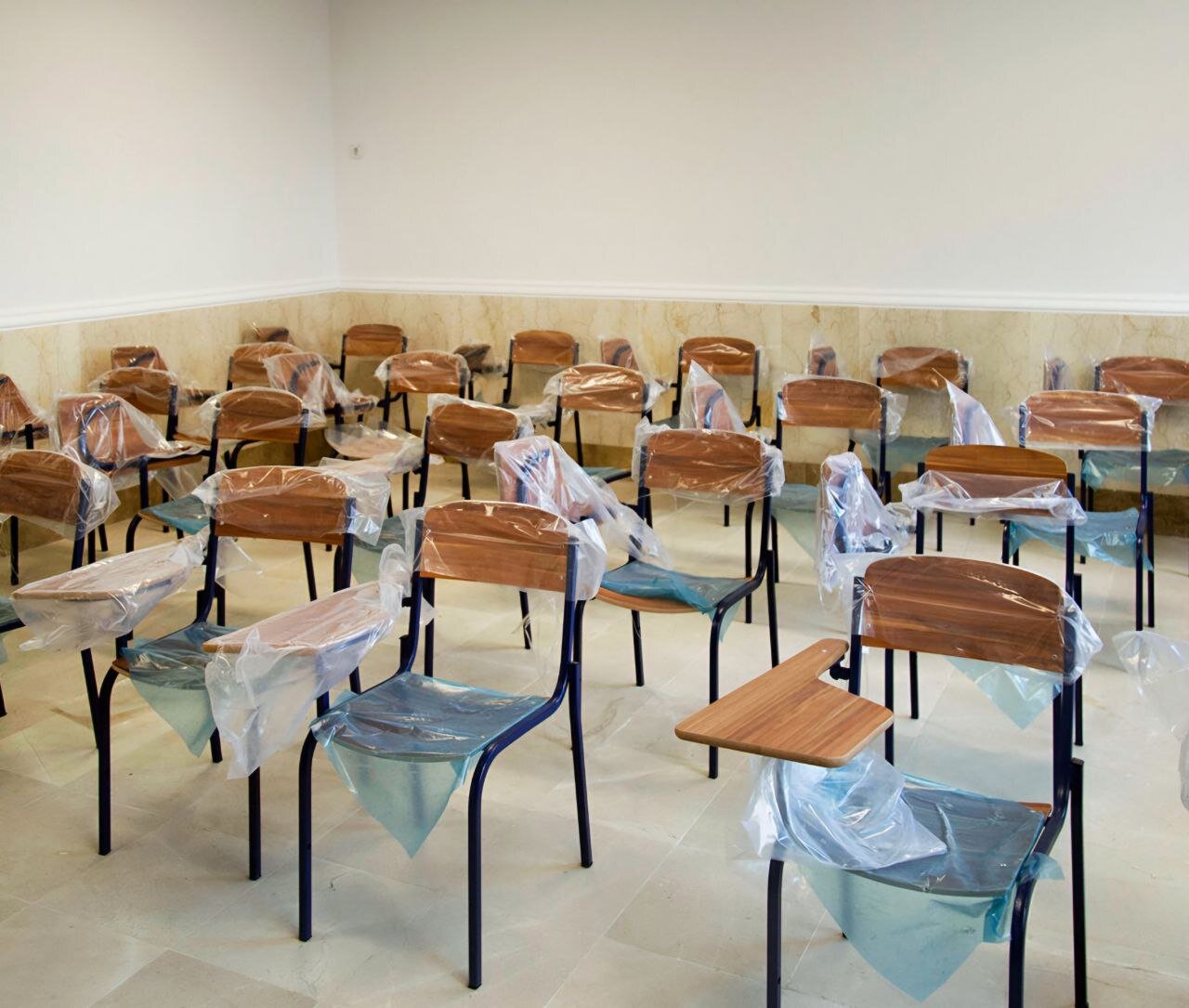Hundreds of classrooms to be constructed in Sistan-Baluchestan

TEHRAN –To expand the educational space in Sistan-Baluchestan province, the administration has allocated 20 trillion rilas (almost $30 million) to construct 3,000 classrooms in the underdeveloped province.
“President Masoud Pezeshkian’s administration is determined to expand educational infrastructure in Sistan-Baluchestan province,” IRNA quoted Education Minister Alireza Kazemi as saying.
The project aims to improve the educational conditions in underprivileged areas. In addition to expanding the educational space per capita, it will also lay the ground for the growth and academic progress of students in these areas, Kazemi highlighted.
“Per capita education space in Sistan-Baluchestan is low due to population growth in the region. To address the problem, 2,000 new classrooms should be constructed in the province,” dolat.ir quoted Kazemi as saying on Friday.
The official stated that the average per capita education space in Sistan-Baluchestan is 3.87 square meters, he clarified that there are eight regions with per capita education space less than three meters and nine regions above the national average.
The education minister highlighted that the administration is planning to build 3,000 more classrooms through implementing a five-year program in the province.
“Currently, 314 projects are underway in Sistan-Baluchestan province with 1,828 classes being constructed. The projects are scheduled to be completed by the beginning of the next academic year in the country, which will fall on September 23, expanding per capita education space in the region by half a meter,” Kazemi further noted.
Soon there will be no stone-made schools in Sistan-Baluchestan, and the elimination of pre-fabricated schools by the end of the current year (on March 20, 2025) is on the agenda.
According to Kazemi, these 3,000 classrooms are scheduled to be constructed in three phases. During the first phase being implemented this year (March 2024 –March 2025), 834 classrooms through 290 projects will be constructed.
Within the second phase, which will kick off in the next Iranian year (March 2025–March 2026), 274 projects will be conducted to build 1,392 classrooms; and in the third phase, which is designed to last five years, 66 projects will be implemented to construct 775 classrooms.
Investing in the education of the future generation is the best type of investment which benefits both individuals and the whole country as well. These schools not only help develop education space but also create a bright future for the children of the region, Kazemi stressed.
Educational equity a fundamental goal
In December 2024, President Pezeshkian said that the administration intends to transform the education system so that no student is deprived of the right to quality education, highlighting that educational equity is not a mere slogan but a fundamental goal.
It is not acceptable that students in public schools in underprivileged areas do not receive a good education while they have to compete with students in private schools that benefit from the best education, Pezeshkian stressed.
He made the remarks in Bojnourd, the capital of North Khorasan province, Borna reported.
The president said providing vocational training alongside education is one of the key areas of transforming educational methods, through which the youth will develop skills needed for a profession after graduating from high school.
Referring to the extensive plans to solve the infrastructural challenges of schools, the president stressed, “We will overcome all school constructing challenges within a year. One of our main objectives is to turn public schools into the best education model.”
The president urged governor generals and all executive officials to cooperate with other sectors on a national plan to promote equity in educational spaces within the specified timeframe.
He went on to stress the necessity of public participation and the role of citizens in realizing the major national plan of building schools, saying, “We need to share our plans with the people to build not only schools for their children but also appropriate sports and recreational spaces for extracurricular activities.”
Pezeshkian further emphasized the importance of action instead of mere speeches, stating that his administration has prioritized solving the issue of educational space shortages, especially in deprived areas across the country within a year.
Education space per student, literacy rate improved
According to the latest statistics, education space per student in Iran has increased from 5.17 square meters in the calendar year 1396 (2017-2018) to 5.28 square meters in the year 1402 (2023 – 2024).
The literacy rate, as well, has increased from 87.9 percent in 1396 to 90.7 percent in 1402, IRNA reported.
In the mentioned six-year period, the ratio of resilient classrooms improved from 0.64 to 0.82, sport space per student grew from 0.17 to 0.20, and the ratio of classrooms equipped with cooling and heating systems rose from 0.48 to 0.68.
The literacy rate has improved in urban areas as well as rural areas. From 1396 to 1402, the literacy rate among men and women amounted to 93.9 percent and 87.4 percent, respectively.
The literacy rate in urban areas was announced to be 92.8 percent, males had a literacy of 95.4 percent and females had a literacy rate of 90.2 percent.
In rural areas, the literacy rate reached 83.5 percent. Men accounted for 88.8 percent and women for 78.3 percent of the figure.
Moreover, the number of out-of-school students in primary, secondary, and high school lowered from 2.17, 6.71, and 18.19 percent in 1396 to 2.10, 5.23, and 16.12 percent in 1402, respectively.
MT/MG
Leave a Comment